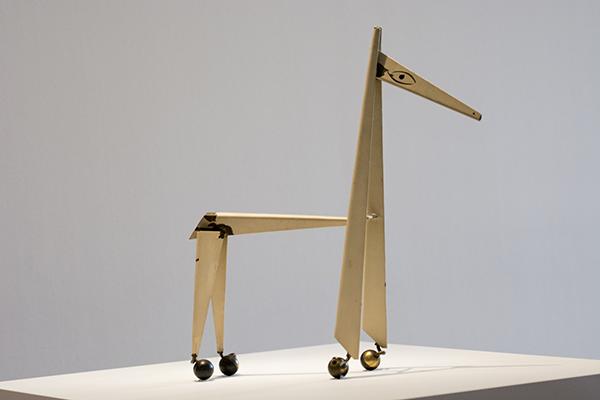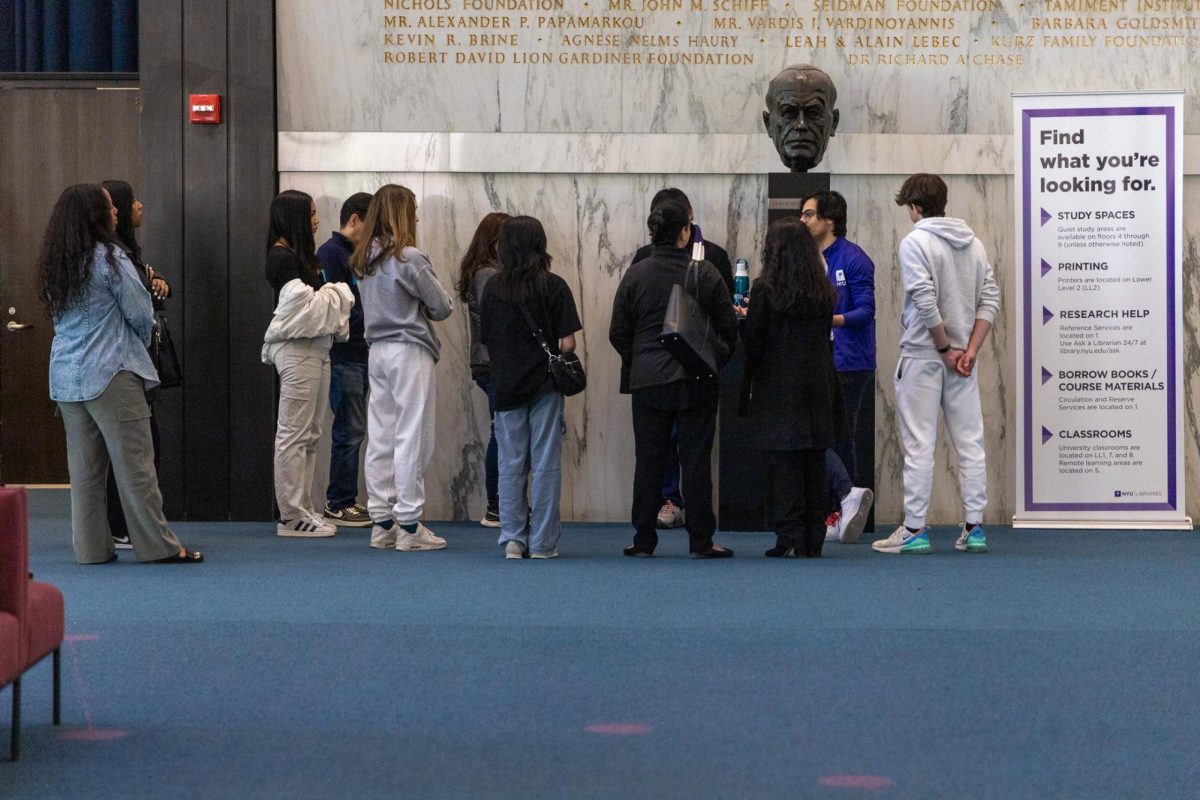MoMA’s ‘Picasso’ shows artist’s other side

Picasso’s sheet metal sculptures bring in crowds of viewers to look at his use of negative space to create surreal pieces.
September 28, 2015
For the first time in nearly half a century, Pablo Picasso’s sculptures are on display in the United States at the Museum of Modern Art. The exhibition serves as a refreshingly different take on the iconic artist’s body of work, since Picasso is known for his paintings than his sculptures. This exhibition is the latest in a long line of Picasso galleries that have put MoMA on the art lover’s map.
Ann Temkin and Anne Umland of the MoMA’s painting and sculpture department are curating the exhibit in conjunction with Virginie Perdrisot, the sculpture curator at the Musée Picasso in Paris.
Picasso’s work is usually categorized by artistic period, but for this exhibition, the works are separated by material, each taking up its own room and space within the museum. From the sheet metal sculptures to the clay works from his cubist period, it feels like walking into several different galleries, but the work is unmistakably Picasso. Notable among the cubist sculptures is “Head of a Woman,” one of several cubist studies of Picasso’s girlfriend at the time that deconstructs her form into fragments and brings forth a bust of compelling artistic merit.
Several others like it, particularly the sheet metal pieces, resemble the near-surrealist, broken bodies of Picasso’s “Guernica,” his famous painting created as a reaction to the horrors of the Spanish Civil War. The true stars of the exhibit are the six reproductions of sculptures “Glass of Absinthe,” which looked malleable as liquid.
Walking around the sculptures, which were spread evenly and given generous space to shine individually, comparisons with now-closed exhibit “Henri Matisse: The Cut-Outs” come to mind. Both exhibits showcased a more experimental side of an iconic artist, and boasted gallery space that encompassed several rooms. If the MoMA staff is wise, they will do another 24 hour showing the last week of the exhibit, as they did for the Matisse exhibit — there is truly nothing like walking the halls of MoMA at 3:47 a.m. with fellow nightcrawlers, surrounded by masterpieces.
“Picasso Sculpture” will run through Feb. 7, 2016.
A version of this article appeared in the Sept. 28 print edition. Email E.R. Pulgar at [email protected]














































































































































